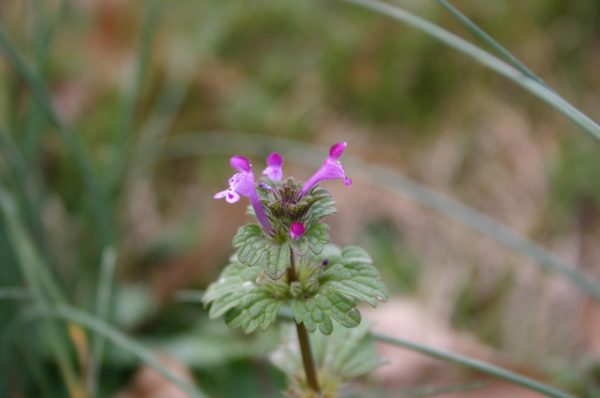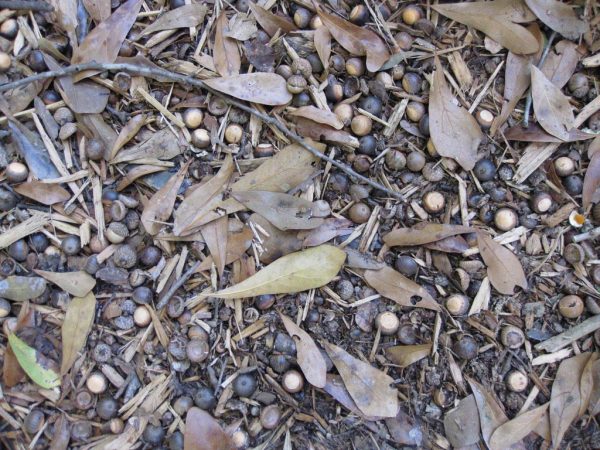Shrubs – Protection in Winter
My thoughts on the various alternatives when attempting to protect shrubs from winter cold:
BLACK PLASTIC Though it seems counterintuitive, black plastic is a better covering for plants than clear plastic. The object of covering a plant is to trap what heat the soil has and keep it around the trunk and limbs. Plastic sheeting is windproof and does a good job protecting a plant IF it is anchored to the ground on all sides with stones or heavy limbs.
The problem with clear plastic comes on days that are cold but sunny. When the sun hits the plastic, the “greenhouse effect” causes temperatures to quickly rise underneath. If it becomes too warm around the plant, it can be fooled into sending sap out to the leaf and flower buds. When temperatures drop again that night, the buds are easily damaged. Black plastic, on the other hand, reflects sunlight. Temperatures under it rise minimally. All in all, black plastic is better than clear plastic and certainly better than blankets and quilts.
Grab a helper, a razor knife and a roll of black plastic sheeting and measure pieces large enough to cover large plants like gardenias, camellias and hydrangeas.
CARDBOARD BOXES Many small plants are perfectly sized to fit under cardboard boxes. Bend out the cardboard flaps so you can put rocks on top to anchor the box. Container plantings on a deck are good candidates for the box treatment.
PINE STRAW The leaves of spring bulbs like tulips and daffodils are unaffected by normal cold weather. A light sprinkling of pine straw, though, goes a long way towards making a bulb bed more attractive. Pansies and ornamental cabbage likewise can shrug off regular winter cold. But if strong winds usher in temperatures in the low ‘teens, a light blanket of pine straw will protect the leaves from drying.
OLD BEDSHEETS Though bedsheets are not recommended for covering plants, they are excellent for building a windbreak around newly planted evergreen shrubs. If you installed a prize rhododendron or camellia last fall, think about making a windscreen around it. Drive four wooden stakes into the ground then staple the sheet to the stakes. The top of the sheet should be a few inches higher that the top of the plant. Although the sight of white windbreaks around your yard will do nothing to endear you to your neighbors, it might mean the difference between dead plants and live ones this spring.
UNFROZEN WATER HOSE One of the biggest causes of winter plant damage is lack of water. Evergreen plants like magnolias and aucuba protect themselves by wilting their leaves at night. Next day, the leaves fill out and go about their photosynthetic business. However, if the ground is dry or frozen solid the roots can’t supply the water the leaves need. If you know that gusty winds or a long period of cold are approaching, soak the ground around evergreens to give them the water they might need.
MORE INFORMATION:
Cold Protection of Ornamental Plants
Cold Protection in the Landscape
![]()















